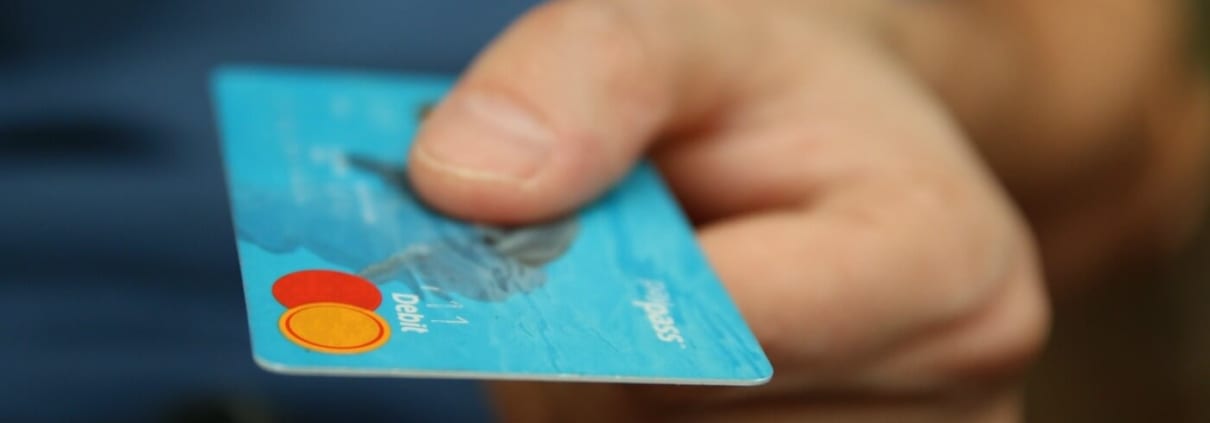For a group of people who typically don’t have full-time jobs, teens certainly have a lot of money to spend. In 2014, MarketingVox/Rand Research Centers found that roughly 41 million kids ages 10-19 in the United States spend $258.7 billion annually. They spend it on everything from fashion to electronics, but where do they get their money? And, is it a good thing?
It seems like more teens than ever before have part-time jobs that keep money in their pockets,” said Tracy Johnson, educational specialist with Consumer Credit Counseling Services of Chattanooga. “Either they are working or their parents give them money. Regardless, what we are seeing is many people spending huge amounts of money, yet they really don’t know how to manage what they have.”
Parents should start teaching children about money early on.
“Money is associated with power,” Johnson said. “If we don’t teach children how to handle that power appropriately by managing their money, they can end up being a slave to it. Giving your child an allowance is an easy way to help your child begin to grasp money management skills. As your child gets older and the amount of money increases, you can teach them new skills.”
By the time your teen graduates from high school, he/she should know how to build a budget and live within it. Teens should also know how to balance a checkbook, put money in savings and have an idea about home maintenance costs.
In order to teach these skills, Johnson recommends the following:
Don’t give your teen things like a car or a cell phone without teaching them about the costs associated with them.
Insurance, gas, tires and 3,000 mile tune-ups all cost money. Most young people only think about getting the car and putting gas in it or getting a cell phone and using it. What happens when your teen goes over their limits on the phone or racks up a huge bill?
Teach your teen about credit cards.
Teens often see parents use credit cards to buy everything from groceries to gas, but they never see them pay the bill. No wonder they think money grows on trees! Credit card companies target teens, especially when they are away at college. It’s hard to walk away from a $2,000 credit limit when you don’t have to pay anything up front. If your teen maxes out the card at $2,000, doesn’t charge anything else on the card but starts paying back the $40 minimum monthly payment at 21% interest, it will take 10-12 years to pay it off. At that point, your teen has paid $5,060 – more than double the original charge. Teens need to understand how to use credit wisely.
Teach your teen to spend less than he/she makes.
Expenses should never exceed income. Many people say, “If I just had a little bit more, I would be fine.” But if you can’t make ends meet on $25,000, you won’t be able to make ends meet at $30,000. The more you make, the more you spend.
Delayed gratification is a good thing.
Teach your teen how to budget and save for the things he/she wants. It will mean more if they had to work for it.
If you don’t have great money management skills yourself…
Consider attending a free budget counseling session for your family at Consumer Credit Counseling Services of Chattanooga.
“There are many easy ways to teach teens about handling money,” Johnson said. “Instead of letting money burn a hole in their pocket, give them a good financial foundation before they leave the safety of your home.”
Image from Unsplash.com









Thoughts? Leave a Comment